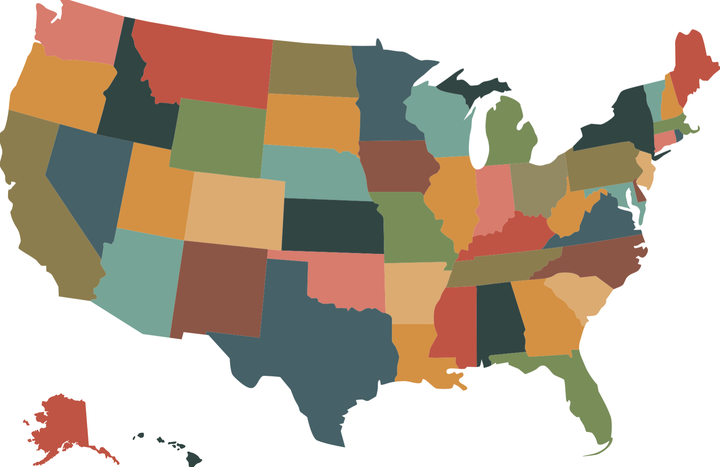
After a summer of debating healthcare, Senate Republicans have yet another Obamacare repeal bill to consider—and this one is more conservative and state-oriented than the GOP’s previous attempts.
The new concept, sponsored by Senators Bill Cassidy and Lindsey Graham, would redirect current Obamacare spending to the states, giving each state legislature significant flexibility in how the dollars are spent, so long as it’s on healthcare.
The bill is an amendment to the Senate’s initial repeal bill, the Better Care Reconciliation Act, and it would also repeal the employer and individual mandates, but keep the rule requiring insurers to cover pre-existing conditions. It would cut subsidies and Medicaid expansion and direct the money to the states to use as they see fit.
Cassidy, a physician, says the plan returns power to the states. But the amendment wouldn’t necessarily benefit each state equally. Funding equations would be based on poverty, density and income, and as with any healthcare policy, some consumers would likely benefit from the Cassidy/Graham plan, and others would be worse off.
The amended bill is not expected to be voted on in the near future, but we can anticipate some of the pros and cons of more state control in healthcare.
Pros—more state control, benefits to non-expansion states, unpopular mandates repealed
The Cassidy/Graham plan would be a big win to states, especially those with legislatures that dislike Obamacare or want to enact a different policy. States could use funding currently allocated to the ACA for more state-based solutions.
The funding has to be used for healthcare, but it could go toward stabilizing markets, subsidizing premiums, paying bills, expanding state coverage, or a variety of other services.
States like California, where many feel that Obamacare is working well, could keep its framework and regulations. States that have declined to expand Medicaid or build their own exchanges, as the law intended, could take a different approach.
This would particularly benefit states that did not expand Medicaid. Currently, a lot of funding is being directed to expansion states, and this amendment seeks to “equalize the treatment” of expansion states versus non-expansion states.
Another positive outcome would be in repealing the individual and employer mandates—easily the law’s most unpopular provisions. Particularly for consumers with incomes too high for Obamacare subsidies, repealing the individual mandate would mean they no longer would face a tax penalty for choosing to forgo the expensive insurance.
Most Republicans are in favor of allowing states to develop their own solutions, so this would be easy to support for small government conservatives.
Cons—higher prices, coverage disparities, expansion states hit
Though the individual mandate is unpopular, it’s not without purpose. It’s supposed to keep healthy consumers in the market, even though they might think they don’t need health insurance. Keeping healthy people in the market spreads the risk of sicker consumers, and, theoretically, lowers costs for everyone.
This has already been a challenge under Obamacare—many people say the penalties aren’t stiff enough, and the rising prices are making healthy consumers reticent to sign up. Repealing the individual mandate would be good for their pocketbooks, but it would likely lead to many more healthy consumers exiting the market.
At the same time, insurers would still have to cover sick consumers. This would almost certainly lead to premium increases as carriers try to cover their costs.
States would have the ability to develop individual solutions to the problem of high premiums, but this could lead to disparities in coverage and care. States that find successful approaches will almost certainly have better access to care. States that struggle to fund their systems would probably see coverage losses. Some states may decide not to regulate insurance requirements or costs at all.
Another possible negative outcome would be for states that already expanded Medicaid. The bill’s authors say they want to “equalize” treatment between the states, but if you’re in a state that expanded Medicaid, you might interpret that as a plan to reduce your coverage to put you on par with states that did not. Consumers in these states might argue “You could have expanded Medicaid, too, and maybe your state would be in better shape if you had. Why cut our coverage to make yours better?”
But those states may be able to maintain their Medicaid expansion, if they can fund it. That’s the point of a plan like this—the differences in coverage, regulations, cost and access are part of the model. The fact that some states will develop better plans than others, and some consumers will have more access to care than others, is being promoted as a feature, not a flaw. The legislation’s proponents believe this area of healthcare policy is best managed by the states rather than the federal government.
The benefit of a policy like this is that it could result in multiple working healthcare systems, both liberal and conservative. The risk is finding yourself in a state with a less successful model.
